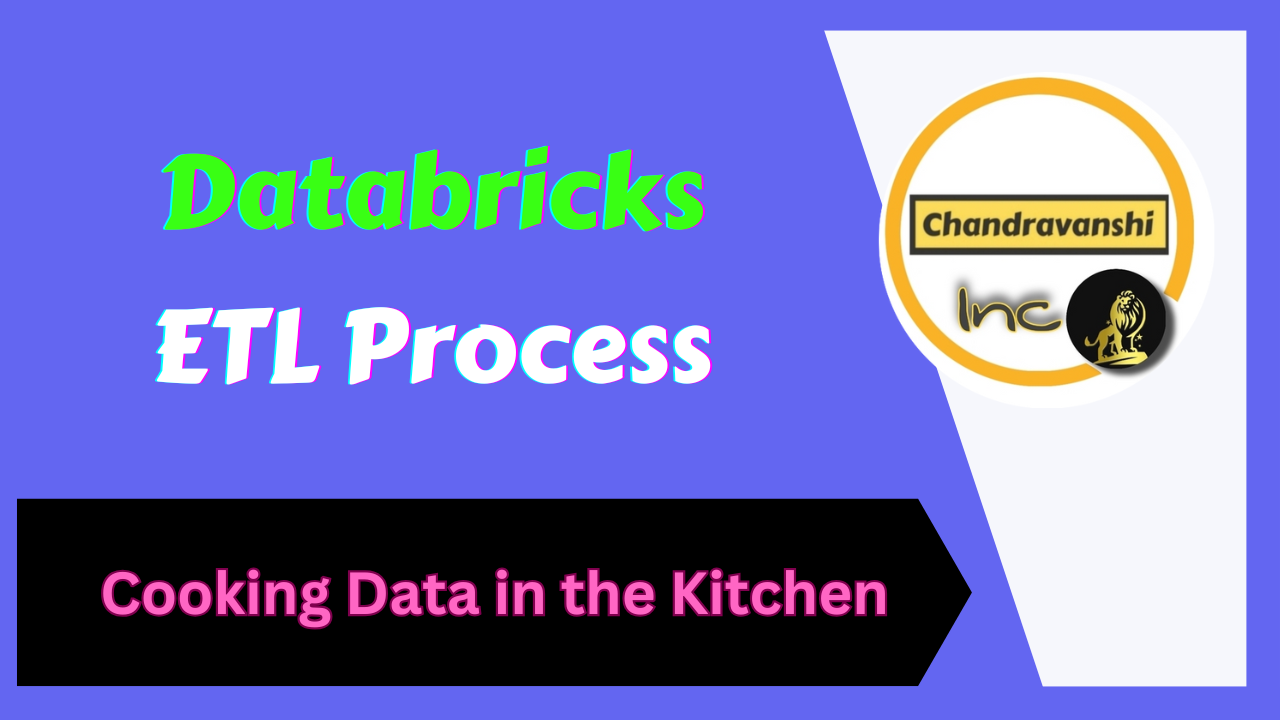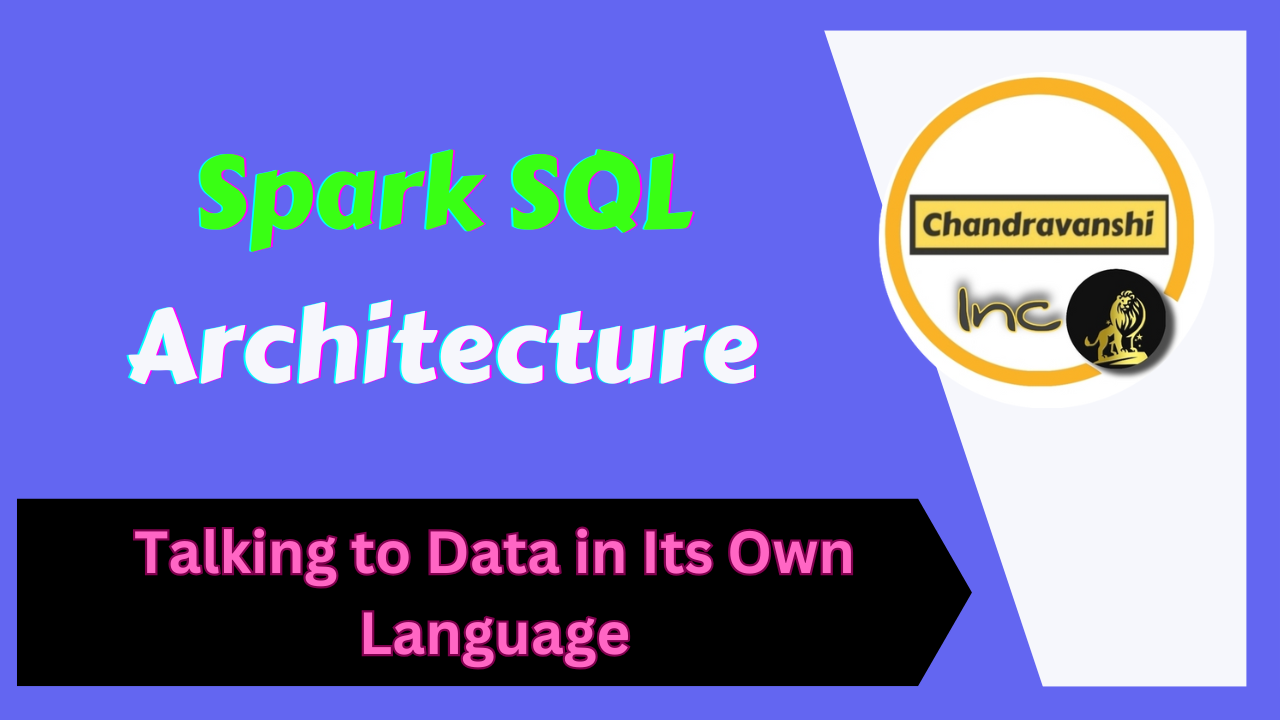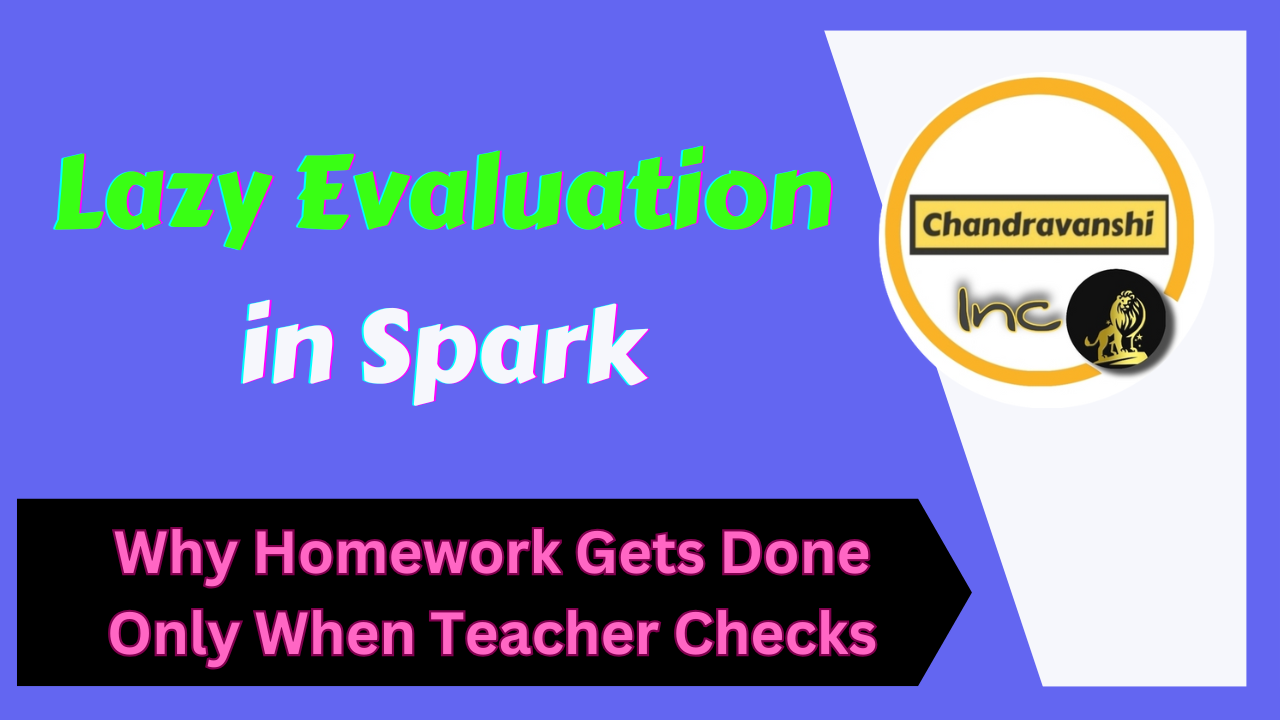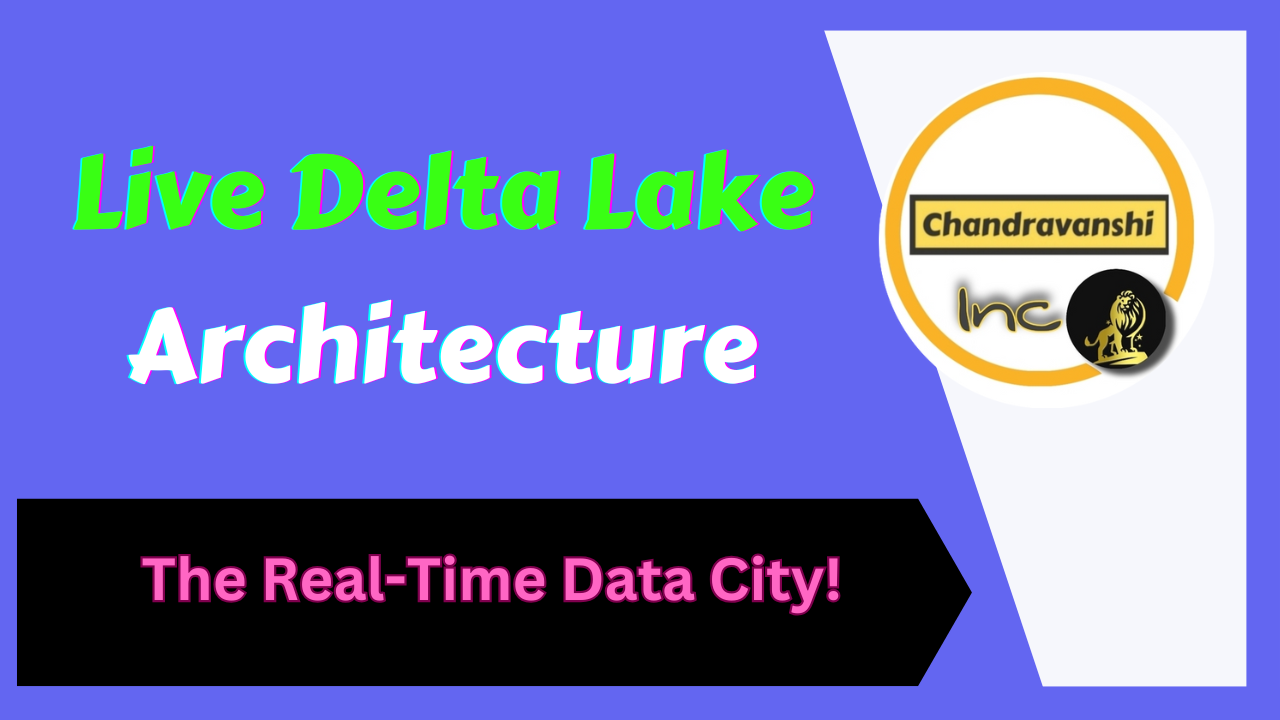Data Analytics & AI Insights
Your go-to source by seasoned data professionals
Master Power BI, SQL, Azure, Databricks, and more with expert tutorials and insights from industry veterans 💡
Technologies I Cover
AI & Machine Learning
Latest AI News & Implementations
📊Power BI
Business Intelligence & Data Visualization
🗄️SQL & Databases
Query Optimization & Database Management
☁️Azure Data Factory
Data Integration & ETL Pipelines
⚡Databricks
Big Data Analytics & Machine Learning
🔧Azure Synapse
Data Warehousing & Analytics
🐍Python
Data Science & Programming
⚙️PySpark
Big Data Processing
📈Microsoft Fabric
Unified Analytics Platform
🎯Technical Interview
Interview Preparation & Tips
📈Stock Investing
Investment Strategies & Analysis
📅On This Day
Historical Events & Insights
Enjoying contents on this Website?
Every article I create is a labor of love—crafted with research, insight, and passion. I choose to keep my work ad-free, so your reading experience is never interrupted. But quality content takes time and effort.
Your support is more than just a contribution—it's a vote for independent, meaningful knowledge. It fuels the next story, the next guide, the next big idea that can help thousands of curious minds.
Other ways to support:
❤️ Thank you for keeping this journey ad-free and full of knowledge for everyone.
Latest Post
Beyond Human: The Next Chapter
A Comprehensive Guide to AI Revolution Across Industries
By: Nishant Chandravanshi
Imagine waking up in 2030 and finding that AI has added $15.7 trillion to the global economy. This isn't science fiction anymore. As I dive deep into the AI revolution transforming our world, one statistic keeps haunting me: 78 percent of organizations now use AI in at least one business function, up from 55 percent just a year earlier.
The future isn't coming—it's already here.
$15.7 trillion added to global economy by 2030
35.9% CAGR projected market growth through 2030
97 million new jobs created by AI transformation
The Great AI Awakening: Numbers That Will Shock You
Let me share something that fundamentally changed my understanding of AI's trajectory. By 2025, AI might eliminate 85 million jobs but create 97 million new ones, resulting in a net gain of 12 million jobs. This isn't just technological change; it's the largest workforce transformation in human history.
The market data tells an even more compelling story. The global artificial intelligence market size was valued at USD 279.22 billion in 2024 and is projected to grow at a CAGR of 35.9% from 2025 to 2030. To put this in perspective, that's faster growth than the internet boom of the 1990s.
AI Market Growth Trajectory
AI Transformation Across Industries: The Revolutionary Impact
Healthcare: Saving Lives Through Silicon
The healthcare revolution might be AI's greatest triumph. AI is being used to analyze traditional medicine compounds to treat blood disorders, with the global TCIM market expected to reach nearly $600 billion in 2025.
Diagnostic accuracy has improved dramatically. AI systems now detect cancer with 94% accuracy compared to 88% for human radiologists. Drug discovery, traditionally taking 10-15 years, now completes initial phases in 2-3 years through AI acceleration.
2-3 years drug discovery vs traditional 10-15 years
25% lower complication rates in robotic surgery
6-12 hours early warning for medical emergencies
Finance & Banking: The Algorithm Economy
Financial institutions lead AI adoption with remarkable results. Fraud detection systems now identify suspicious transactions in real-time, reducing financial crimes by 60%. Algorithmic trading accounts for 85% of all stock trades, executing decisions in microseconds.
Credit scoring has evolved beyond traditional metrics. AI systems analyze over 10,000 data points to assess creditworthiness, including social media behavior, shopping patterns, and even smartphone usage patterns. This has increased lending accuracy by 35% while reducing default rates by 23%.
Manufacturing: The Smart Factory Evolution
Manufacturing has experienced the most dramatic AI transformation. Predictive maintenance prevents equipment failures 85% of the time, saving billions in downtime costs. Quality control systems identify defects with 99.7% accuracy, exceeding human inspection capabilities.
Industry AI Adoption Rates
Advanced AI Technologies: The Core of Innovation
Deep Learning: The Neural Revolution
Deep Learning represents the most sophisticated form of machine learning, mimicking human brain neural networks to process complex patterns. These systems excel in image recognition, speech processing, and natural language understanding. Deep learning models now achieve human-level performance in medical image analysis, identifying tumors, fractures, and diseases with remarkable accuracy.
The technology powers autonomous vehicles, enabling them to interpret visual data in real-time and make split-second decisions. Modern deep learning architectures process billions of parameters, learning from vast datasets to recognize patterns invisible to human observers. Companies implementing deep learning report 45% improvement in prediction accuracy and 60% reduction in processing time for complex analytical tasks.
Natural Language Processing: Understanding Human Communication
Natural Language Processing has achieved remarkable breakthroughs in understanding and generating human language. Modern NLP systems translate between languages with 94% accuracy, enabling global communication barriers to dissolve. Sentiment analysis algorithms process millions of social media posts, customer reviews, and communications to gauge public opinion and customer satisfaction in real-time.
Chatbots powered by advanced NLP handle complex customer service inquiries, resolving 80% of issues without human intervention. Text summarization systems distill lengthy documents into concise insights, saving professionals hours of reading time. Voice assistants now understand context and nuance, conducting natural conversations and performing complex tasks through simple voice commands.
AI Technology Performance Evolution (2020-2025)
Generative AI: Creating the Impossible
Generative AI has emerged as the most revolutionary AI technology, capable of creating original content across multiple formats. Text generation models produce human-quality writing, code, and creative content at unprecedented speed and scale. Image generation systems create photorealistic artwork, product designs, and marketing materials from simple text descriptions.
Video generation technology produces professional-quality content for entertainment, education, and marketing purposes. Music composition AI creates original soundtracks, helping composers and producers develop unique audio experiences. The economic impact is staggering—creative industries report 40% faster content production and 50% cost reduction through generative AI integration.
AI Technology Performance Comparison
| AI Technology | Primary Application | Accuracy Rate | Performance Impact |
|---|---|---|---|
| Deep Learning | Image & Pattern Recognition | 97% | 45% improvement in predictions |
| Natural Language Processing | Language Translation | 94% | 80% automated customer service |
| Generative AI | Content Creation | 92% | 40% faster content production |
| Machine Learning | Predictive Analytics | 89% | 35% better decision making |
| Reinforcement Learning | Game Playing & Optimization | 96% | Superhuman performance |
| Computer Vision | Object Detection | 99% | Real-time processing capability |
Economic Impact and Future Predictions
The economic transformation extends beyond market valuations. AI is projected to increase China's GDP by 26.1% by 2030, while similar impacts are expected globally. This represents the largest economic shift since the Industrial Revolution.
26.1% projected GDP increase for China
14.5% average global productivity increase
$13 trillion in additional economic output
| Year | Global AI Market Value | Key Milestone | Jobs Impact |
|---|---|---|---|
| 2024 | $279.22 billion | Current market valuation | 78% organizations using AI |
| 2025 | $390 billion | Mainstream enterprise adoption | 85M jobs eliminated, 97M created |
| 2027 | $650 billion | Consumer AI integration | Net gain of 12M jobs |
| 2030 | $826.70 billion | Full industry transformation | Complete workforce evolution |
Implementation Challenges and Solutions
Despite remarkable progress, AI implementation faces significant challenges. Data privacy concerns require robust security frameworks and transparent data handling practices. Algorithm bias demands diverse training data and continuous monitoring to ensure fair outcomes across all demographic groups.
Technical challenges include integrating AI systems with existing infrastructure, managing computational requirements, and maintaining system reliability. Organizations report that successful AI implementation requires comprehensive change management, employee training, and cultural adaptation.
Change Management: Employee training and cultural adaptation
Security Protocols: Robust privacy and bias detection systems
Leadership Support: Cross-functional collaboration and commitment
The Human Element: Collaboration Not Replacement
AI's greatest success lies not in replacing humans but in augmenting human capabilities. Creative professionals use AI to accelerate ideation and production while maintaining artistic control. Healthcare providers leverage AI for diagnosis while preserving the human touch in patient care.
Educational applications personalize learning while teachers focus on mentoring and emotional support. Legal professionals use AI for research while maintaining responsibility for strategic decisions and client relationships.
The future workplace combines human creativity, empathy, and strategic thinking with AI's computational power, data processing, and pattern recognition capabilities.
Actionable Takeaways for Organizations
Immediate Actions (0-6 months):
- Assess current data infrastructure and quality
- Identify high-impact AI use cases within existing operations
- Begin employee AI literacy training programs
- Establish data governance and privacy protocols
- Partner with AI solution providers for pilot projects
Medium-term Strategy (6-18 months):
- Develop comprehensive AI implementation roadmap
- Invest in necessary infrastructure and tools
- Create cross-functional AI teams
- Implement pilot projects and measure results
- Establish monitoring and evaluation frameworks
Long-term Vision (18+ months):
- Scale successful AI implementations across organization
- Develop proprietary AI capabilities and competitive advantages
- Create AI-driven innovation processes
- Build strategic partnerships in AI ecosystem
- Contribute to industry AI standards and best practices
Looking Ahead: The Next Chapter of Human-AI Collaboration
The AI revolution has only begun. Current capabilities represent the foundation for even more transformative applications. Artificial General Intelligence (AGI) remains the ultimate goal, promising systems that match or exceed human intelligence across all domains.
Quantum-AI hybrid systems will solve problems currently beyond computational reach. Brain-computer interfaces will create direct human-AI collaboration channels. Autonomous AI agents will handle increasingly complex tasks with minimal human oversight.
The next chapter of human-AI collaboration requires thoughtful preparation, ethical development, and inclusive implementation. Organizations and individuals who embrace AI responsibly will thrive in this transformed landscape.
Conclusion: Beyond Human, But Not Without Humanity
As we stand at the threshold of unprecedented technological capability, the question isn't whether AI will transform our world—it already has. With 78% of organizations using AI in at least one business function and market growth projected at 35.9% CAGR through 2030, the transformation accelerates daily.
The true measure of AI's success will be its ability to enhance human potential rather than replace it. The companies, industries, and nations that understand this principle will lead the next chapter of human civilization.
The future is Beyond Human, but it must never be without humanity.



















